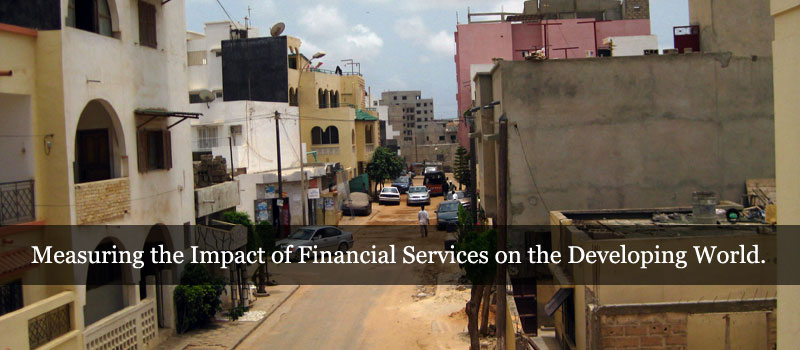Outreach of M-PESA System in Kenya: Emerging Trends
In this paper we summarize our initial findings on recent trends in the outreach of M- PESA in our study locations. M-PESA is an agent-assisted, mobile phone-enabled, person- to-person payment and money transfer system. It allows users to store money on their mobile phones in an electronic account and deposit or withdraw money at one of M- PESA's numerous agent locations. It is at the agent location where cash is converted to e- float (the electronic currency used on M-PESA) in the form of a deposit. E-float is changed into cash for a withdrawal.
This paper is based on information gathered for a larger study conducted by the IRIS Center on the community effects and potential trajectory of the agent-based M-PESA system in Kenya. We found ambiguity in defining agents, and several layers of operators providing M-PESA services. Most agents in our study were successful business owners prior to their position with M-PESA and were primarily self-financed or used informal sources of finance for their entry into M-PESA. We also found that access to M-PESA is expanding to interior areas. In usage patterns we found that:
- The volume and number of transactions fluctuate based on the seasons and time of the month.
- The volume of withdrawal is higher in rural locations compared to urban locations.
- Within rural locations, women tend to be the primary customers and mainly withdraw funds.
Collaboration between financial institutions and M-PESA is becoming more common to improve services and outreach. M-PESA's effectiveness in meeting client needs appears to be limited by bottlenecks such as cash and electronic float shortages among agents, as well as frequent network service disruptions. In addition, some organizations and businesses have found that M-PESA transaction records are not sufficient for their documentation needs, and are thus limited in their ability to officially link to M-PESA.




